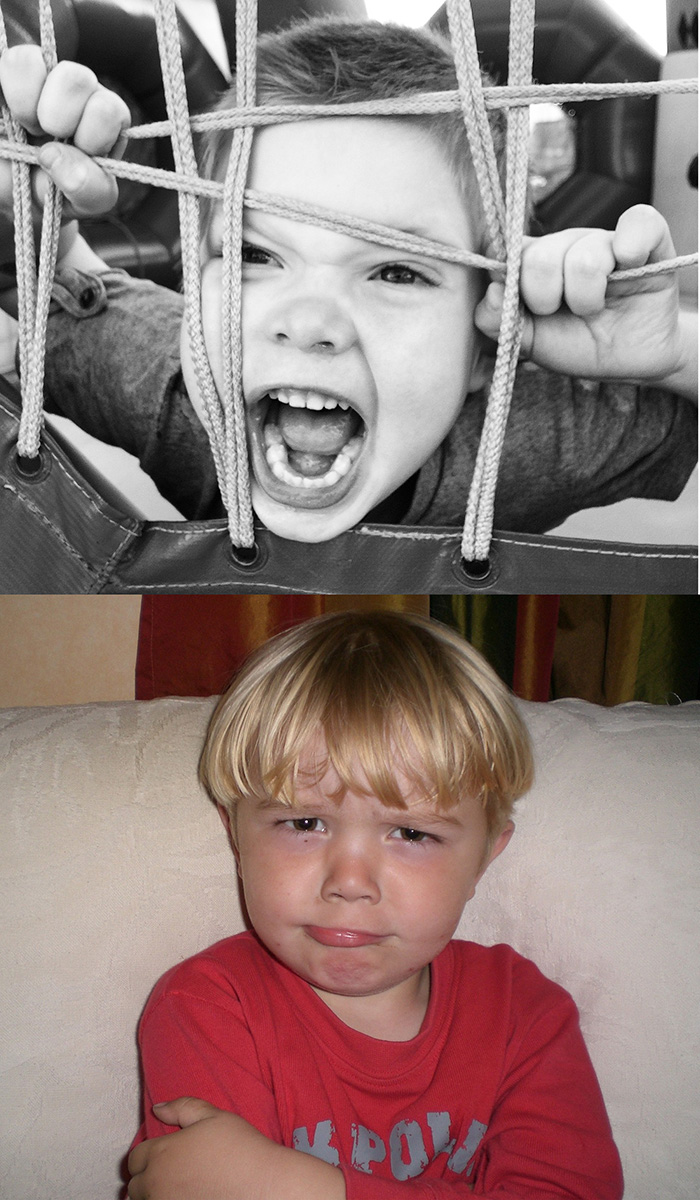
By Hayley Jackson, Extension Educator in Lancaster County
Challenging behavior in young children is defined as a repeated pattern of behavior that impedes the ability of the child to engage in appropriate social interactions with both their peers and adults is defined by the National Center for Pyramid Model Innovations (NCPMI, 2023). Examples of challenging behaviors include defiance, aggression and temper tantrums. Although challenging behaviors in young children can be frustrating for both the child and caregiver alike, there are some simple strategies we can use to lessen the likelihood that challenging behaviors are going to happen. Over the course of the next few months, we will be diving into some of these strategies. This Challenging Behaviors series is part of a larger, ongoing program currently underway in Lancaster County where Extension Educator Hayley Jackson is teaching early childhood educators' strategies to use when handling challenging behaviors. So far, this online series has reached 799 educators across the state of Nebraska.
CHALLENGING BEHAVIORS
Throughout the day there are lots of times when we, as adults, need children to complete tasks. Sometimes, the child’s first reaction is to say, “no.” This can happen for a number of reasons, but two of the more common reasons are the child is attempting to exert their will over the environment or gain control of the situation. It makes sense, when you think about just how little young children have control over.
PROVIDING CHOICES
When facing a child who has given you a “no” response, a simple strategy to use is to provide the child with choices. The beauty of this is that the two choices you give the child are both acceptable to you as the adult — for example, if the child is saying “no” to going upstairs to take a nap, you could say, “Would you like to hop up the stairs like a bunny rabbit to get to your bed, or would you like to slither like a snake upstairs to your bed?” Regardless of which choice the child agrees to, the ultimate goal of getting upstairs to take a nap will be achieved. Providing choices gives the child an opportunity to take some control over their environment while also still complying with your request. Another example of providing choices would be to give two different times to complete a task by asking, “Would you like to start your bath right now, or in 5 minutes?” Providing choices is a great way to reduce challenging behaviors in young children while also supporting their ability to problem solve and express their opinions.